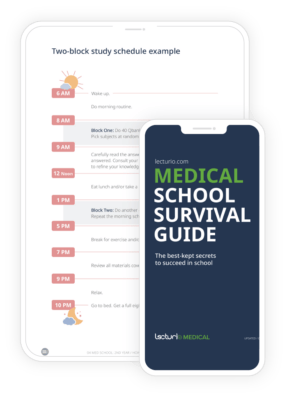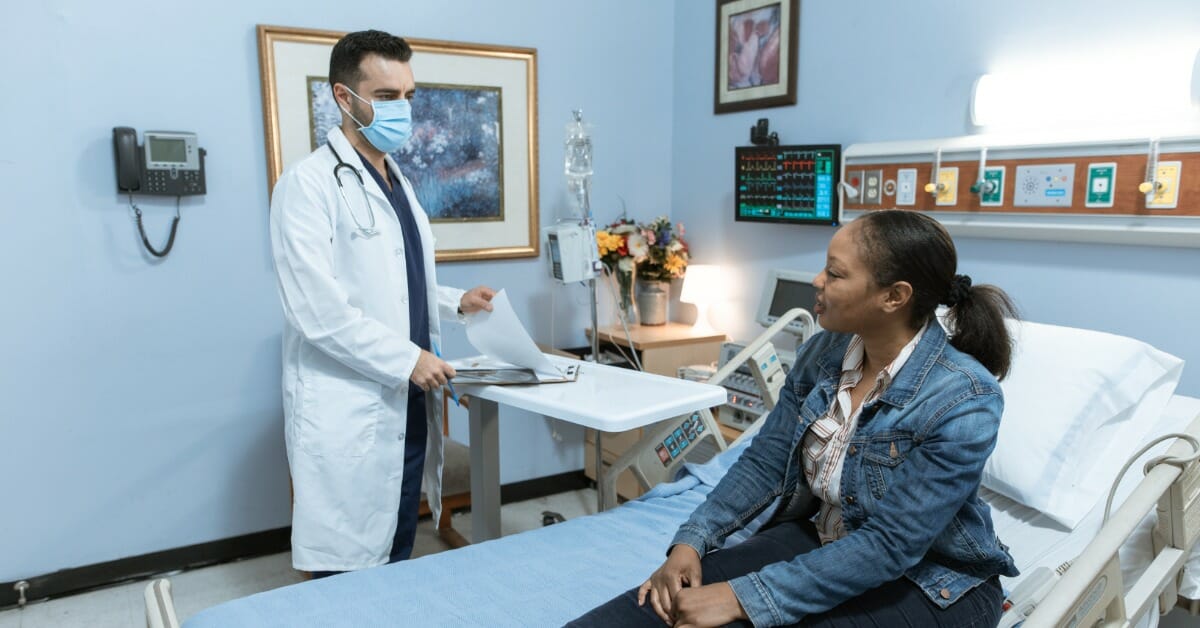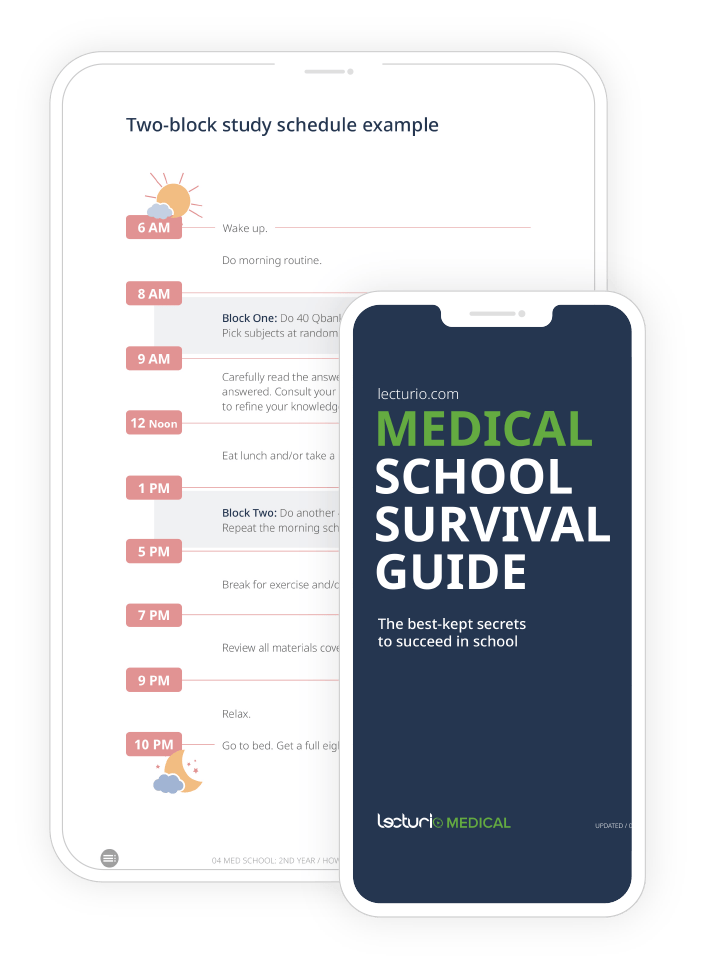Patient Education: A Definition
The American Academy of Family Practice defines patient education as “the process of influencing patient behavior and producing the changes in knowledge, attitudes, and skills necessary to maintain or improve health.”
Patient education is the foundation of any therapeutic relationship. Even if you make a completely correct diagnosis and prescribe exactly the right treatment for your patient, your treatment will not work properly unless the patient understands how to take it! Almost every patient intervention will require patient education.
When people think of patient education, they usually think of performing complex tasks, like specific exercises for physical or speech therapy, or airway clearance techniques for patients with chronic lung disease. We all recognize that a lot of effort must go into educating a patient on these treatments for them to be successful. But patient education is also necessary for concepts we may take for granted, like what side effects to expect when starting a new medication, how to take medicine (with water, on an empty stomach, avoiding certain foods), or even how to pick up a medication from the pharmacy.
As the AAFP’s definition emphasizes, it is the entire process of influencing patient behavior, not only the things you say, that make up the content of patient education. This includes building trust with the patient by using your active listening skills, behaving professionally, and even the way you do a physical exam on patients. The success or failure of many diagnostic interventions depends on how well you can educate patients about what to expect regarding their treatment.
Teaching Patients Every Day
With the demands of a busy schedule, who has time to set aside for additional patient education? As it turns out, every patient interaction is an opportunity to teach patients. In the clinic, this might mean counseling an overweight or obese patient on how to eat a healthy diet and helping them devise an exercise plan. In the hospital, it may include reconciling a patient’s medication list before discharge, and explaining to the patient and their family members why certain medications were stopped or started and which medicines they should avoid in the future. Tasks you consider part of your usual work are built-in chances for patient education.
Doctors aren’t the only ones who play a part in patient education. Every healthcare professional has a role to play when it comes to teaching patients. Hospital nurses are crucial in educating patients on their treatment plan for the day, potential side effects, and what to expect out of their hospital stay. Pharmacists educate patients on a variety of medication-related issues, from interactions with other medicines to alternatives if a particular medicine is one that a patient is allergic to or is too expensive for them to afford. Some diseases, like diabetes, even have specific educators whose goal is to help patients manage their chronic illness and answer any questions related to their diagnosis as they come up. All of these professions work together to make sure that patients have complete and accurate education about their medical conditions.
Does Patient Education Matter?
The best treatment in the world is only good if the patient sticks to it!
Patient education is a key component of the success or failure of any medical intervention and is often the first thing to check for when a patient’s disease process seems out of control. Worsening symptoms of chronic disease are frequently due to issues related to patient education. Some real-life examples I have encountered include:
- A patient whose diabetes worsened because they were trying to be healthier by substituting diet soda for orange juice, not realizing the greater sugar content in soda.
- A patient who stopped taking their blood pressure medication once their blood pressure was controlled, not realizing that they needed to continue the medication even if they felt fine.
- A patient spraying their asthma medication like perfume and walking through it, rather than inhaling the medication using the proper technique!
Ultimately, I was able to help each patient with the assistance of their care team through improved patient education. Assessing a patient’s understanding of their medical conditions and their treatment is essential to achieving their long-term health goals, and it’s important to return to readdress education if there are problems controlling a patient’s chronic illness.
Methods for Teaching Patients
A few helpful methods can enhance patient teaching:
Often, a simple open-ended question like “what is your understanding of your illness” is an effective and essential first step in assessing a patient’s level of understanding. Starting with open-ended questioning allows you to tailor your education methods to the appropriate level.
Teach-back is perhaps one of the most popular and successful methods of patient education and is used across a wide variety of medical fields. At its simplest level, the teach-back method is composed of three steps:
- Explain the intervention/treatment/disease process to the patient
- Ask the patient to “teach-back” what you just said to you, putting it in their own words
- Assess the patient’s understanding of your education, and clarify as necessary
When using the teach-back method, it’s important to use plain language and re-assess patient understanding each time teach-back is attempted. You may need to clarify several points before the patient can fully “teach-back” the information you are attempting to relay. Patience is key to success!
Patient education handouts can also be a great way to reinforce education. Support groups can also be a useful way to connect patients with chronic illness with the resources they need to thrive.
A Word on Patient Education Handouts
Patient handouts and online materials help remind patients about information related to their medical conditions, but it’s important to know that these can’t replace face-to-face education entirely. The most important aspect of finding good patient education handouts, whether for medication education, general health and wellness, or disease-specific information, is ensuring that the handouts come from a reliable source. Professional societies like the American College of Physicians and government organizations like the CDC or FDA often provide handouts written at a level that most patients can understand. These handouts are also often available in different languages, or in audio format for those who are visually impaired. Governmental websites can be a great source for finding these sorts of documents.
In Conclusion…
With the explosion of information available to patients online, patient education is more important than ever. Unfortunately, misinformation is common, and patients can often be misled by things they read or hear online, on the television, or in the news or media. For that reason, it’s more important than ever for doctors and other medical professionals to stay up to date about trends in what people are reading and seeing about their medical conditions. While most medical personnel will be trained in patient education, few receive professional training on combating medical misinformation, which is an enormous opportunity for improvement in healthcare training. Luckily, the same principles of listening actively to patients, addressing their concerns as best as possible, and developing long-term trust with patients still apply, despite the challenges of implementing patient education today.







